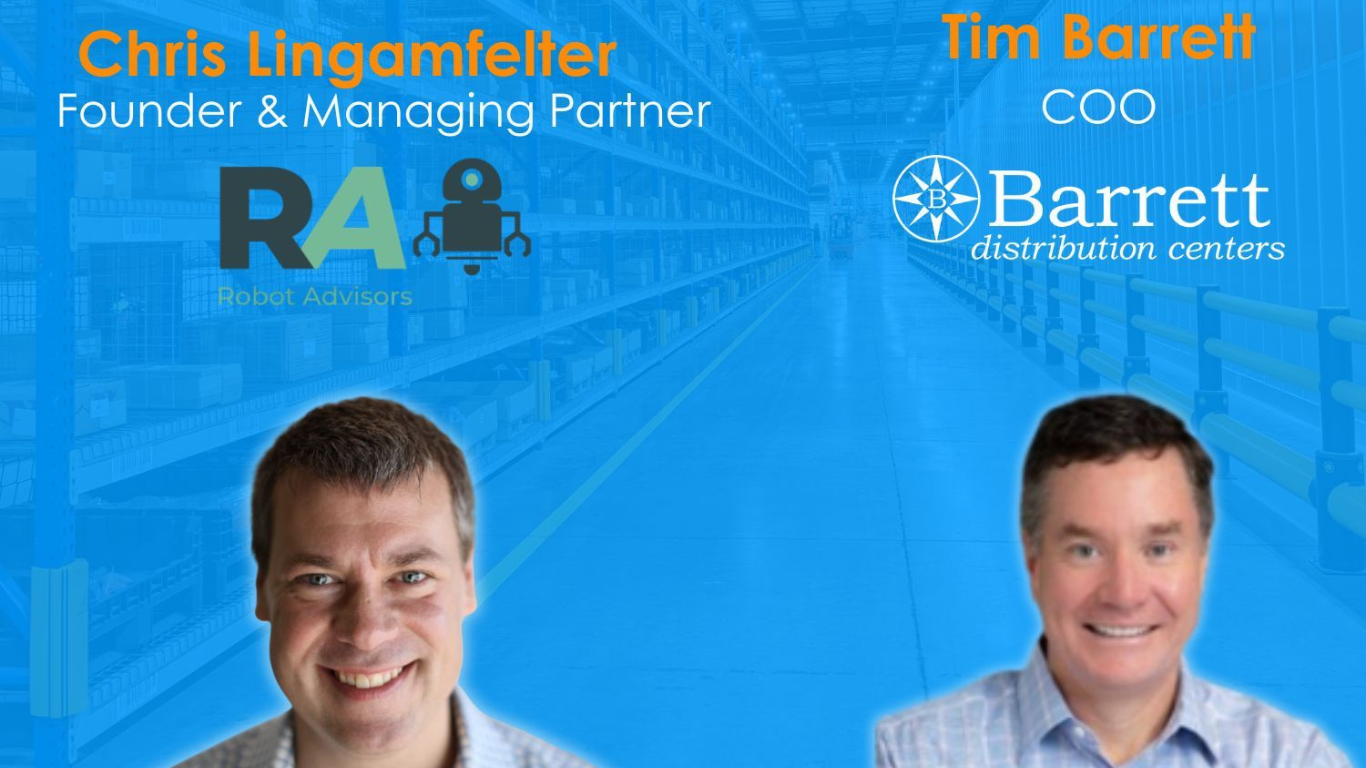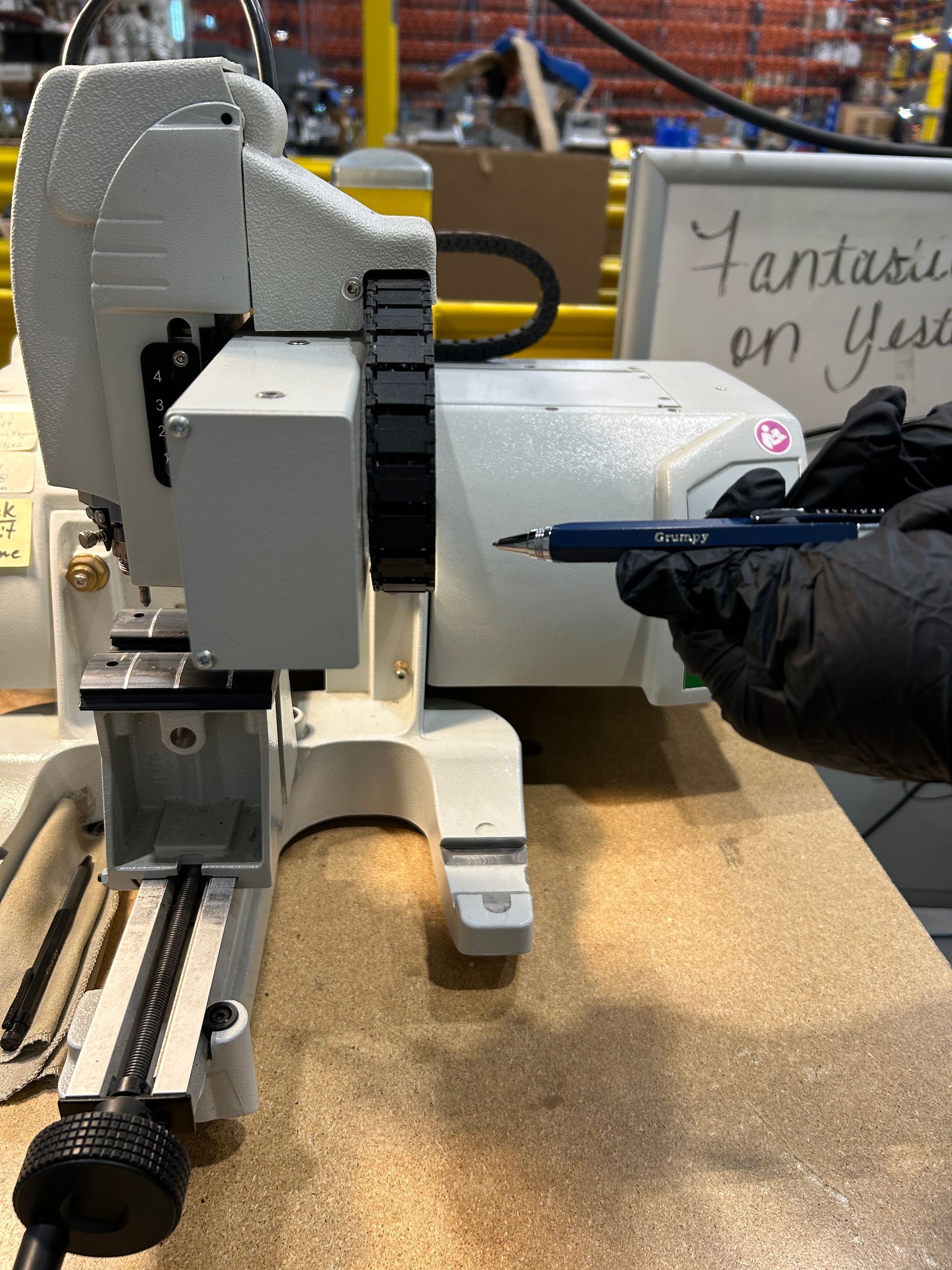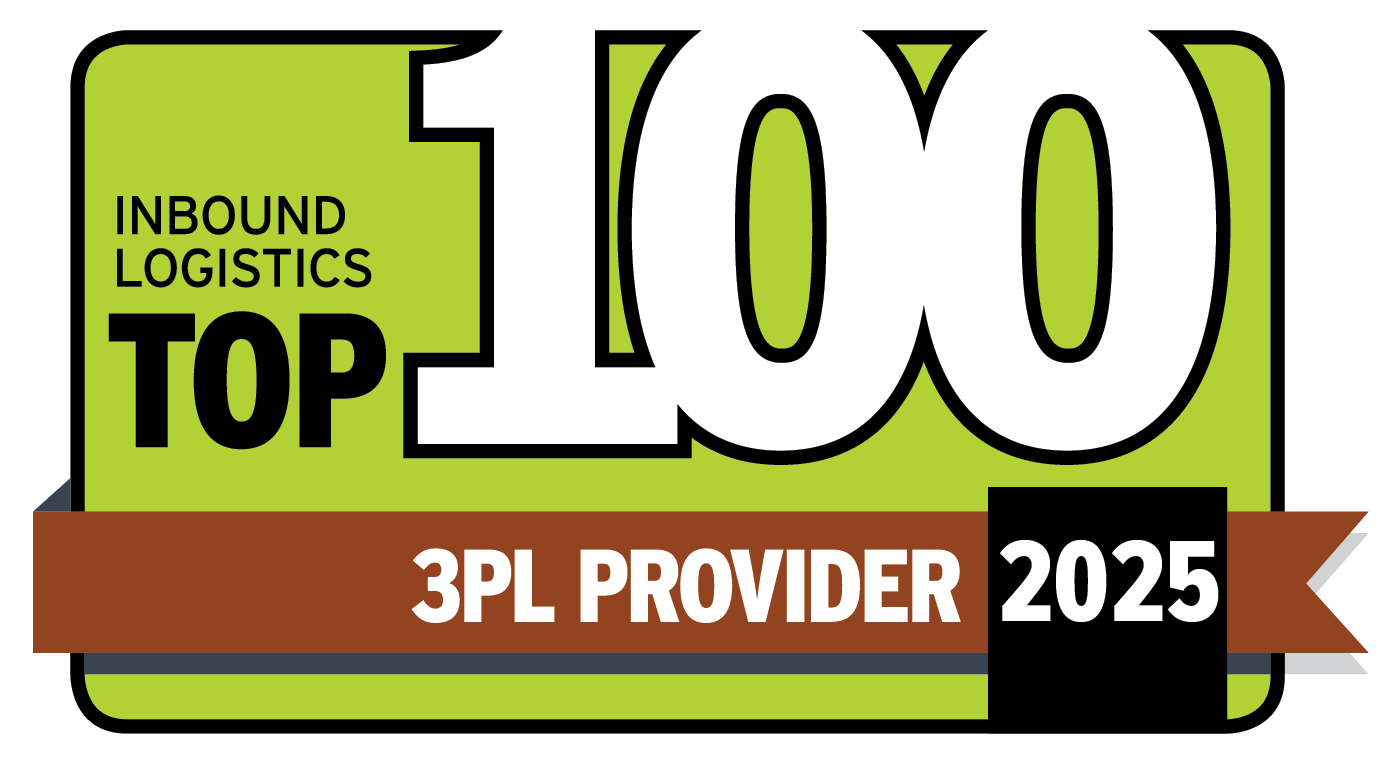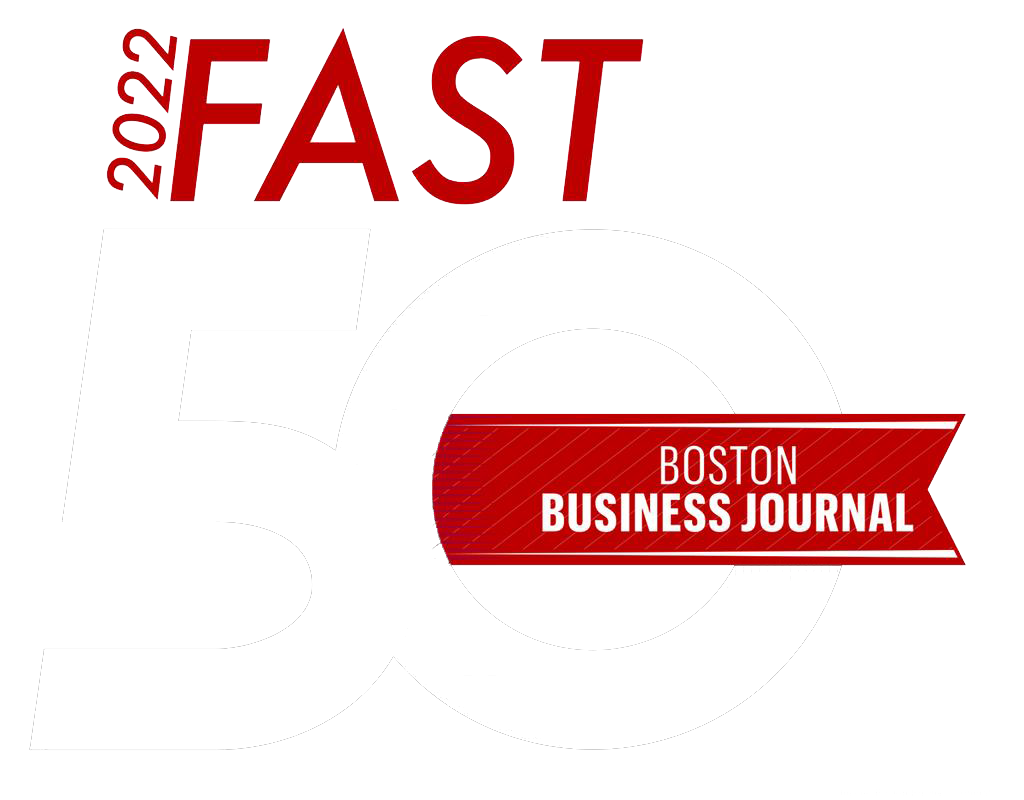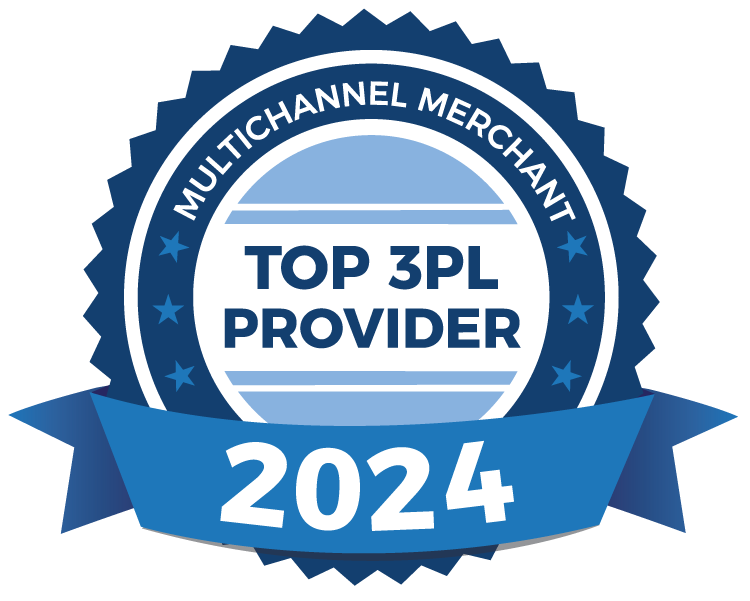Is Automation The Answer To All Of Your Supply Chain Issues?
Consider partnering with a 3PL who utilizes the latest and greatest automation and robotics tools to fulfill high-volume eCommerce orders
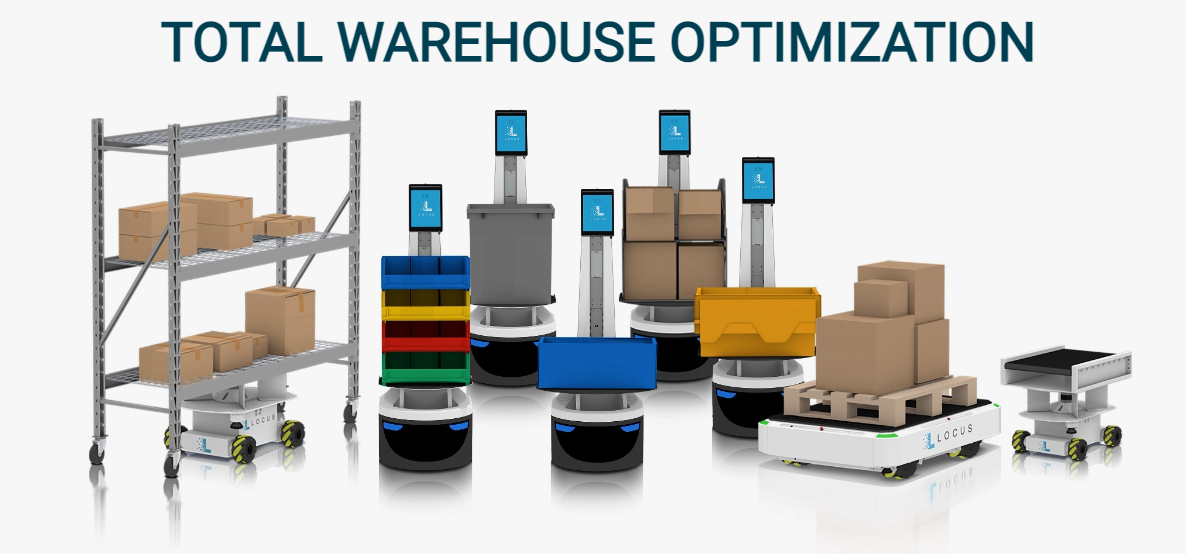
At Barrett Distribution Centers, we understand the critical role that automation plays in optimizing operations for DTC or omnichannel ecommerce brands. To keep up with the increasing demand for faster delivery and high-quality service, it is essential to consider the integration of robotics and automation into the supply chain process. In this article, we will explore the benefits of automation in logistics and how Barrett Distribution's advanced, automated solutions, such as Locus Robotics and 6RS, can provide a competitive edge for ecommerce businesses.
Many logistics companies have yet to adopt automation, leading to inefficiencies and increased costs. On the other hand, advanced automation solutions, such as Locus Robotics and 6RS, can streamline operations, reduce errors, and increase throughput. Barrett Distribution's advanced robotics solutions have proven to increase efficiency and throughput, resulting in lower costs and faster order fulfillment.
Locus Robotics is an innovative, collaborative robot solution designed to enhance the productivity of ecommerce warehouses. The robots are designed to work alongside employees and provide increased throughput with less physical strain on employees. Locus Robotics helps optimize picking operations, reduce errors, and increase productivity by providing more efficient and accurate picking solutions. With real-time communication capabilities, Locus Robotics enables efficient coordination between employees and the robot to ensure a smooth and seamless workflow. By partnering with Barrett Distribution, ecommerce businesses can benefit from the speed and efficiency of Locus Robotics to provide a competitive edge in the marketplace.
Another innovative solution is 6RS, a provider of warehouse automation technology that uses artificial intelligence (AI) and machine learning (ML) to optimize fulfillment processes. The platform integrates with warehouse management systems to provide a seamless solution for order fulfillment. By using data-driven insights, 6RS can predict inventory demand, optimize picking routes, and improve fulfillment accuracy. With 6RS, ecommerce businesses can reduce order lead times, increase efficiency, and enhance the customer experience.
Moreover, Barrett Distribution's state-of-the-art Warehouse Management System (WMS) leverages the latest technologies to provide comprehensive and accurate data insights. The WMS's advanced features, such as real-time inventory tracking, can significantly reduce inventory errors and ensure accurate product availability. This can lead to higher customer satisfaction and ultimately, increased sales.
In addition to reducing errors and increasing efficiency, Barrett Distribution's automated solutions can also offer improved safety in the workplace. With the integration of robotics, there is less risk of workplace injuries, which can result in reduced downtime, insurance costs, and an overall safer work environment.
By partnering with Barrett Distribution, ecommerce businesses can take advantage of advanced robotics and automation technologies, such as Locus Robotics and 6RS, to design a new, engineered solution that will help scale their thousands-of-outbound-orders-per-day-business with a national provider. The use of automation can lead to increased productivity, reduced costs, improved accuracy, and better customer satisfaction.
In conclusion, automation is a critical factor in optimizing supply chain operations for ecommerce businesses. By partnering with Barrett Distribution, businesses can take advantage of the latest technologies and robotics, such as Locus Robotics and 6RS, to streamline their operations and achieve greater efficiency, accuracy, and safety. Don't let the lack of automation hinder your supply chain success. Contact Barrett Distribution today and take the first step towards an automated and optimized supply chain.
Recent Blog Posts
